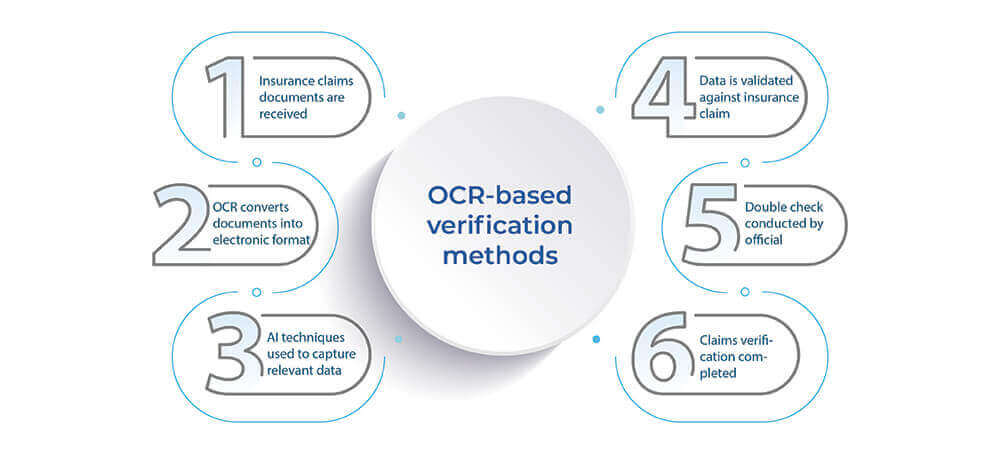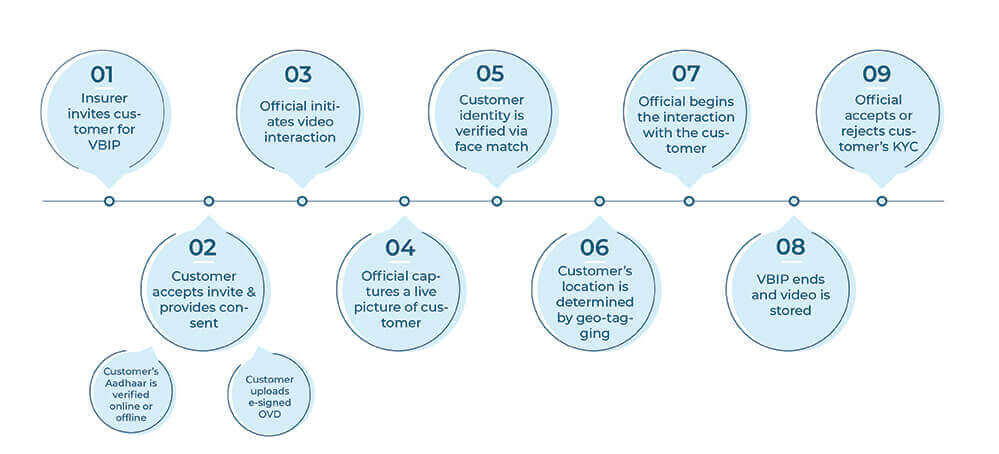How does the insurance claims process usually go?
Most people who have had to lodge an insurance claim know how long the process usually takes. The average time for claims-related funds to be dispersed to claimants is around 9 days, a figure that must be improved.
This unusually long turnaround time for the insurance claims process is due to the manual & paper-based methods used by businesses who process and verify insurance claims.
The insurance claims process begins after the claimant undergoes certain procedures for which he or she is insured. The claimant then fills up the requisite insurance claims documents, and the documents required for claims verification are then provided to the insurer by the hospital or any other institution where the claimant underwent the procedures for which insurance is being claimed.
The insurer, having received the pertinent documents, then usually sources them to a third-party for verification.
This third-party organization then manually verifies the documents, checking to make sure that the procedures for which insurance is claimed, are in line with the insurance plan that was initially purchased by the claimant.
Following this claims verification process, funds are disbursed accordingly.
The pain points of this manual claims verification process are probably already clear to the acerbic reader.
Manual document verification for the insurance claims process is the weakest link in the chain. Here are the problems with this process.
- Exceedingly long turnaround time –
Manual document verification is time consuming and extremely tiresome for the professionals involved.
Businesses who facilitate insurance claims verification say that they take upwards of 90 minutes to process a single claim.
Since these businesses process insurance claims in batches, this exceedingly long turnaround time adds up, resulting in an average of 9 days for funds to be disbursed.
- Manual errors & misplaced documents –
Manual claims verification is fraught with high possibilities for manual error and other documentation-related mistakes.
Errors are easy to make when professionals are dealing with huge volumes of documents, which are daunting in their own right; and lead to an even longer turnaround time than before.
Reports estimate that when paper documents are involved, professionals spend half their time just locating documents, precipitating a significant reduction in productivity.
Manual and paper-based verification methods are almost synonymous with a loss in efficiency, and insurance claims verification is a good example of this.
Industry studies indicate that documentation-related challenges account for nearly 20% loss in efficiency due to the outdated methods used in paper-based documentation.
Finally, manual verification methods usually result in high overhead costs.
Operating with paper-based documentation results in businesses spending a lot more than they have to on their documentation.
According to surveys, businesses can experience up to a 90% reduction in operational costs simply by switching to automated documentation and verification methods.
OCR-based claims verification
Clearly, manual claims verification is a pain point that cannot be ignored if businesses are to function productively.
But how can third-party verifiers overcome this challenge?
Digital documentation providers solve this problem using OCR-based verification methods.
OCR (Optical Character Recognition) is a technology that converts documents into a readable & searchable electronic format.
How does this help?
SignDesk uses OCR & document verification techniques to automate the insurance claims process with minimal manual involvement.
Here’s how insurance claims verification will look after adopting OCR-based verification methods.

Industry efficiency surveys indicate that by employing OCR-based data extraction methods such as the one illustrated above, the turnaround time for verifying a single insurance claim is reduced from 90 minutes to within 10 minutes.
“This 90% reduction in TAT results in a reduction of time taken for disbursing insurance funds, from 9 days to an estimated 2 days”.
Digitizing document verification has also been shown to reduce operational costs by a similar figure of 90% and an increase in efficiency of about 20%.
All this indicates that businesses will help themselves out enormously by adopting OCR software for image recognition and verification.
Digital documentation & OCR can do more than just fix the insurance claims verification process.
SignDesk’s VBIP-enabled insurance KYC solution digitizes the entire insurance onboarding workflow using OCR-based ID verification and has been shown to result in massive reductions in onboarding costs.
By combining digital insurance onboarding with an OCR-based automated insurance claims verification process, insurers stand to experience a major boost in productivity and an even larger reduction in costs.
Academic research also indicates that businesses experience the benefits of digitized KYC incrementally. This means that businesses will only see all the advantages of automation once the entire gamut of their facilities has been digitized.
In other words, the larger the umbrella of digitization, the greater the benefits reaped by businesses.
This indicates that insurers must digitize operations relentlessly if they are to improve their growth and productivity.
With Indian insurers now experiencing an 11% reduction in return on equity, digitization offers itself as an obvious option to cut costs and get back on track.
Here’s what a VBIP-enabled insurance onboarding workflow equipped with OCR for image data extraction will look like.

By combining VBIP with an automated insurance claims verification process, electronic proposals & an OTP-based method to accept insurance proposals insurers stand to benefit massively.
Now that we’ve seen a way out of the massive TAT & costs associated with manual & paper-based verification methods, how can your business digitize its claims verification?
How your business can speed up the claims process
SignDesk provides insurers and other businesses in the BFSI sector with data verification solutions.
Our ID & document verification solutions use cutting edge OCR technology to extract data from documents, zero in on relevant information, and verify this data to massively speed up the entire process.
Our VBIP-enabled KYC verification product has won numerous awards, the latest of which is the AI/ML Product of the year at InnTech 2020, and is in use by several major players to reduce operating costs by 90% and TAT from days to within 10 minutes.
SignDesk’s OCR-enabled insurance KYC solution is compliant with IRDAI regulations, offers both assisted and non-assisted modules of VBIP and is customizable upon client request.
With insurers the nation over quickly digitizing the insurance onboarding & document verification process, businesses need to automate to keep up.
Are you ready to start verifying claims digitally? Book a demo with us now to begin!